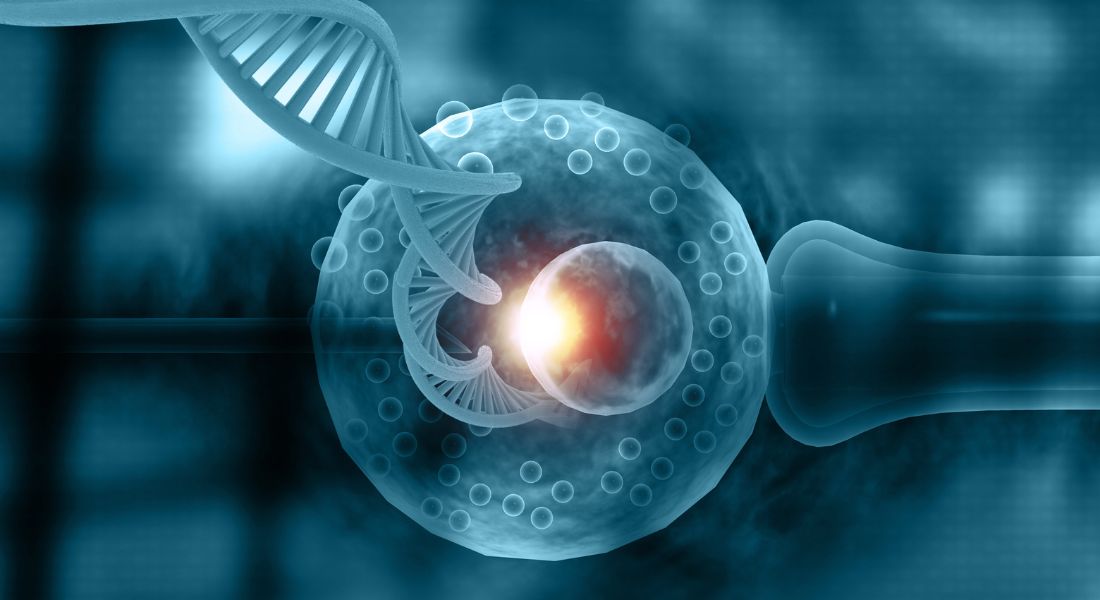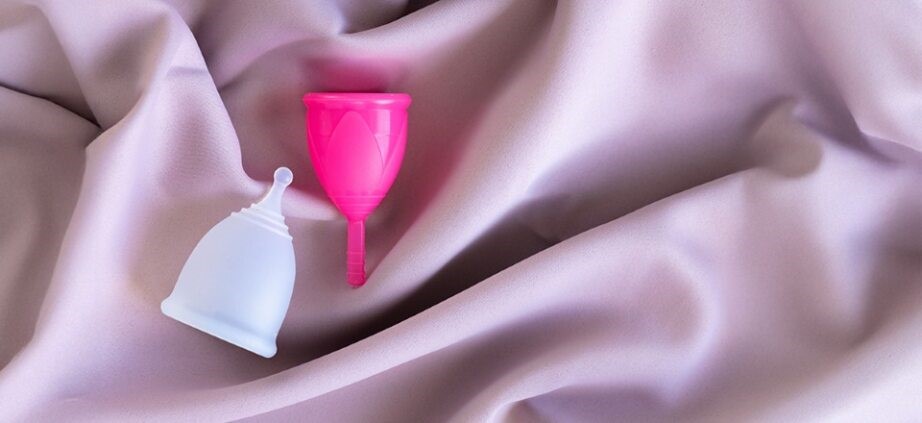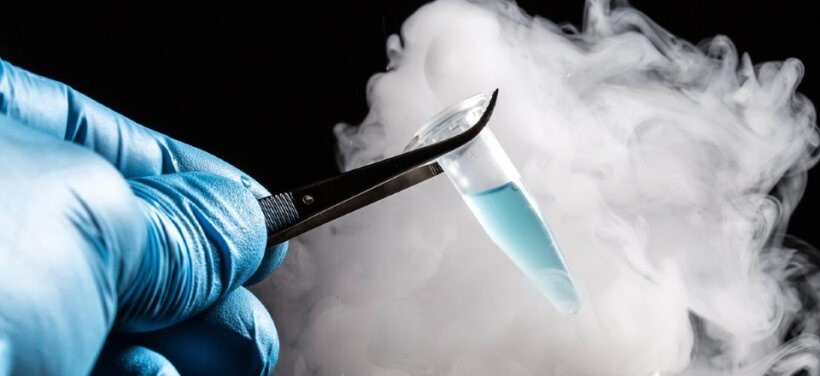Categories
40 Years of the IVF Journey
Nov 15, 2022
Pregnancy is a very natural process, but it gets difficult for some … “For them IVF has been the biggest hope” say Dr. Preethi Reddy, Lead IVF Specialist at BirthRight By Rainbow Hospitals. Read the article to know what the doctor has to say about this breakthrough advancement in the field of infertility treatment. “In the last 40 yrs, IVF treatments have seen tremendous technological advancements resulting in better success rates. From tubal factor indication, IVF has now extended its horizon of indications to severe male factor and genetic diseases. ICSI is one of the major technological advancement proving as biggest boon for men low or absent sperm count. Now nearly 90% of the centres perform ICSI. Cryopreservation and Frozen Embryo transfer helps to freeze the surplus embryos, allows better preparation of uterus lining Other important procedures are Assisted laser hatching and Blastocyst culture- theses help to result in better embryos, thereby the improving the success rates. PGS/PGD has been one of the most recent innovations. This helps to screen the embryos for genetic problems so that the passing of the genetic diseases to next generation in the family can be prevented. Promising future of IVF: There are several innovations in IVF under research which when becomes reality can bring in the whole “new era in child birth” Three parent IVF is one of the promising innovation. This is done using gametes of couple and donor. The genetic material of the couples and the mitochondrial component of the donor is taken to form a healthy embryo. This will benefit women with advanced age and with mitochondrial genetic diseases. Embryonic stem cell gametes- will be the future new frontier in IVF. The eggs and sperms can be obtained from differentiation of stem cells and then can be made in to embryos. This is suitable for couples who are now opting for egg/sperm donation treatments and for couples with genetic diseases.”











